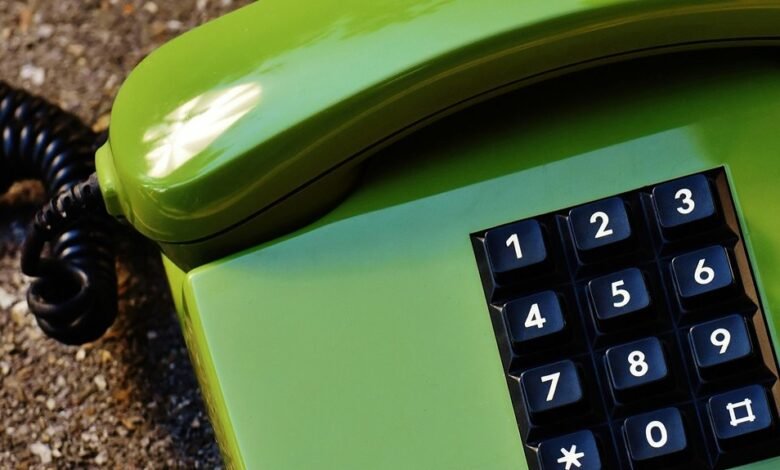120979880 Tracing Call Sources Across Regional Mobile Numbers

Tracing call sources, such as the number 120979880, requires a systematic approach that integrates advanced technologies and methodologies. Telecommunications providers must navigate the complexities of regional mobile number identification while ensuring adherence to privacy regulations. Understanding the significance of call tracing is essential, as it influences both security and user trust. However, the intricacies of these processes raise questions about the balance between traceability and privacy protection. What measures can be implemented to enhance this balance?
Understanding the Importance of Call Tracing
Call tracing serves as a crucial mechanism in the telecommunications landscape, enabling the identification and verification of call origins.
Through meticulous call record analysis, telecommunications providers can enhance security and improve service quality.
However, this practice raises significant privacy concerns, as individuals may feel their freedom is compromised.
Balancing the need for traceability with respect for personal privacy remains a critical challenge in modern communication.
Methods for Tracing Regional Mobile Numbers
Tracing regional mobile numbers involves employing a variety of methodologies that leverage technological advancements and telecommunications infrastructure.
Key methods include call tracking systems that analyze communication patterns and number identification techniques that utilize databases to link numbers with geographical data.
These approaches enhance the accuracy of tracing efforts, empowering users to navigate complexities in regional communications while ensuring privacy and regulatory compliance.
Technologies Used in Call Source Identification
Advancements in telecommunications have led to the development of various technologies that facilitate call source identification.
Call identification technologies, such as caller ID systems and number verification algorithms, enhance accuracy in identifying callers. Additionally, mobile tracking methods, including GPS and network triangulation, provide geolocation data that supports tracing efforts.
These innovations empower users to discern legitimate calls from potential threats, ensuring greater communication security.
Best Practices for Verifying Unknown Callers
With the proliferation of advanced call identification technologies, users are increasingly faced with the challenge of verifying unknown callers.
Effective caller identification techniques include utilizing reverse lookup services and cross-referencing caller information with trusted databases.
However, users must remain vigilant about privacy concerns, ensuring that personal data is safeguarded while employing these practices to mitigate potential risks associated with unsolicited calls.
Conclusion
In the intricate web of telecommunications, tracing a call is akin to unearthing a hidden thread in a vast tapestry. As providers navigate the delicate balance between accountability and privacy, they must wield their tools with precision, ensuring that each stitch contributes to a coherent narrative. By embracing advanced technologies and best practices, the industry can illuminate the shadows of unknown callers, fostering trust while safeguarding the delicate fabric of individual rights in the process.




